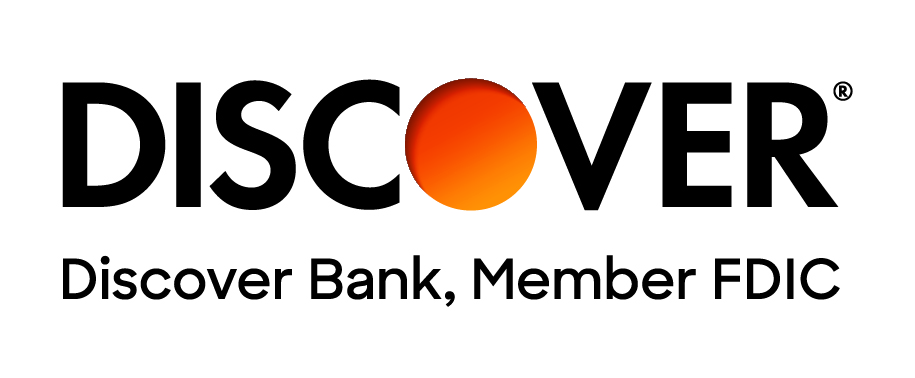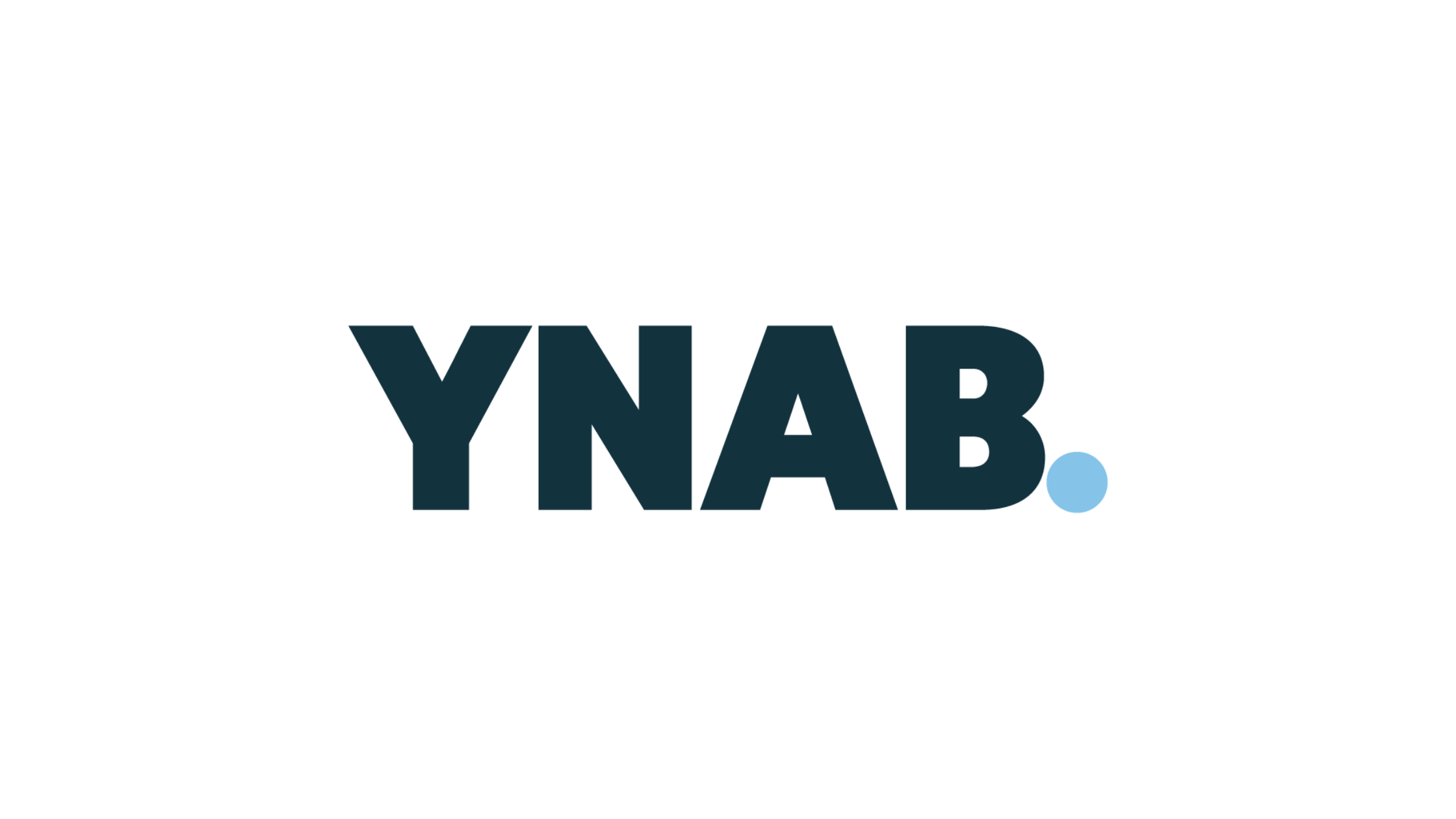The FAFSA®, or Free Application for Federal Student Aid, is a form that helps determine how much financial help you can get for college. It’s super important because it’s the key to accessing grants, scholarships, work-study programs, and federal student loans. These types of aid can make paying for college a lot easier and less stressful for you and your family.
By completing the FAFSA, you’re opening the door to opportunities that could cover part—or even all—of your college expenses. Schools, states, and even some private scholarships use your FAFSA info to decide how much aid you qualify for. The earlier you fill it out, the better your chances of getting the most help. Think of the FAFSA as your first step toward making college more affordable and turning your dreams into reality.
Preparing for the FAFSA
Getting ready to fill out the FAFSA might seem like a lot at first, but with the right preparation, you can make the process much smoother. Here are some tips to help you get started:
Gather Important Documents:
You’ll need some key information to complete your FAFSA, like asset information like 529 plans, and records of any untaxed income. Getting these together ahead of time will save you a ton of stress later.
Create your FSA ID early:
Your FSA ID is like your electronic signature for the FAFSA. Both you and your FAFSA Contributors, which is likely your parent(s) will need one, so set it up early to avoid any delays! Make sure to remember your login details since you’ll need them every year.
Know Critical Deadlines:
The FAFSA typically opens every year on October 1, but don’t wait too long to get started. Federal aid deadlines are important, but many states and schools have their own deadlines, which can be earlier. Check your state and school deadlines so you don’t miss out on financial aid opportunities.
Research Your School List:
When filling out your FAFSA, you’ll include a list of colleges you’re interested in. Take time to research schools and make sure your list covers all the options you’re considering. Even if you’re not sure yet, include any schools you might apply to. It’s better to list them now than miss out later.
Common FAFSA Mistakes to Avoid
When filling out the FAFSA, it’s crucial to avoid these common mistakes that could delay or reduce your financial aid. Here are four key mistakes senior students like you should watch out for:
Forgetting to Sign and Submit the Form
This might sound simple, but it’s one of the most common errors. After filling out the FAFSA, remember to sign it (you and your parent/contributor, if required) using your FSA ID. Without providing all required signatures, your FAFSA isn’t officially submitted, and your aid could be delayed.
Missing Deadlines
Deadlines matter a lot. The FAFSA has its federal deadline, but your state and schools may have earlier ones. Missing a deadline could mean missing out on aid. Mark deadlines on your calendar and plan to submit your FAFSA well ahead of time.
Listing Just One School Instead of All Potential Options
Even if you’re unsure which college you’ll attend, it’s better to include all of the schools you’re considering. You can list up to 20 schools on your FAFSA online form. This way, every school on your list gets your information, keeping all your options open. If you’re applying to more than 20, you can edit your list later.
Tips for Maximizing Your Aid Eligibility
Getting the most financial aid possible starts with understanding how to make your FAFSA application stand out. Here are four key tips to maximize your aid eligibility:
Submit Your FAFSA as Early as Possible
Timing matters. Financial aid is awarded on a first-come, first-served basis, and some types of aid can run out. Submitting your FAFSA early gives you the best chance to receive grants, work-study opportunities, and other aid that doesn’t have to be repaid.
Double-Check Your Information for Accuracy
Errors on your FAFSA can lead to delays or even reduce the amount of aid you qualify for. Review your Social Security number, income details, and other key information carefully. Even small mistakes, like reporting the wrong tax year, can create problems.
Apply for Scholarships and State Grants Alongside FAFSA
FAFSA is just one piece of the puzzle. Many scholarships and state grants require separate applications, but they can add significant financial help. Research opportunities in your local area, through your school, or even online to find additional funds to lighten the cost of college.
Update your FAFSA if Family or Financial Circumstances Change
If your family experiences major changes, such as a job loss, medical expenses, or a significant drop in income, you should update your FAFSA. Make sure your application reflects your current financial situation, this could qualify you for more aid.
Once you submit your FAFSA, several key steps follow to finalize your financial aid. First, you’ll receive a Student Aid Report (SAR) within a few days, summarizing your FAFSA details—check it carefully for accuracy and correct any errors promptly. Colleges will send financial aid award letters outlining the assistance they can offer, such as grants, loans, or work-study opportunities; compare these packages to determine the best fit for your needs.
You might be selected for a verification process to confirm your FAFSA information, which requires providing extra documents like tax forms, respond quickly to avoid delays. Staying organized, checking your email and college portals regularly, and asking questions when needed will help you manage this process smoothly and maximize your financial aid benefits.








